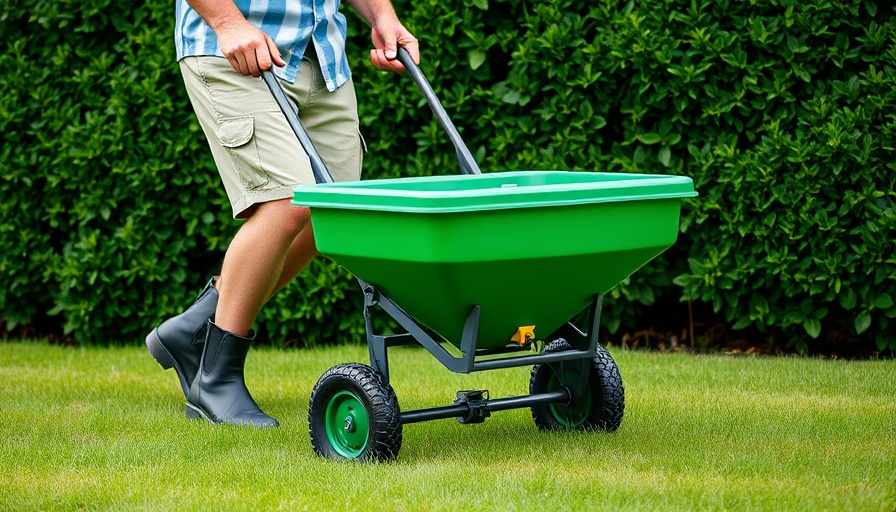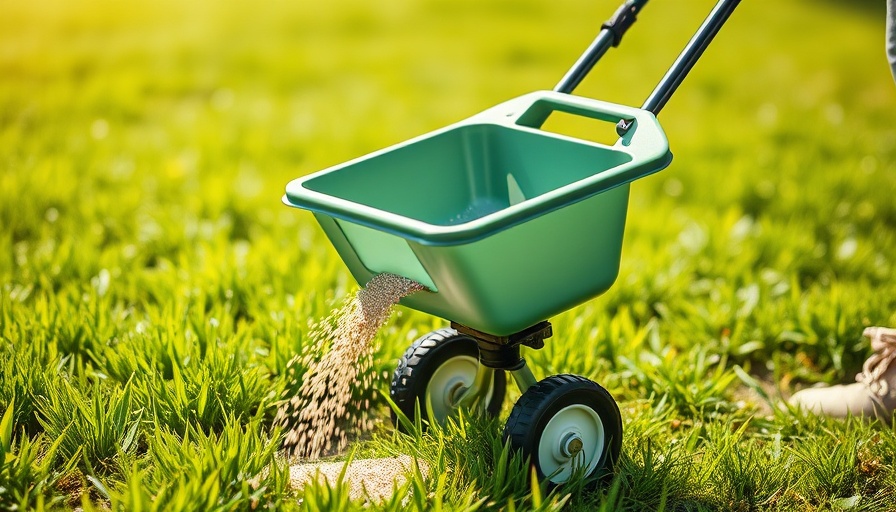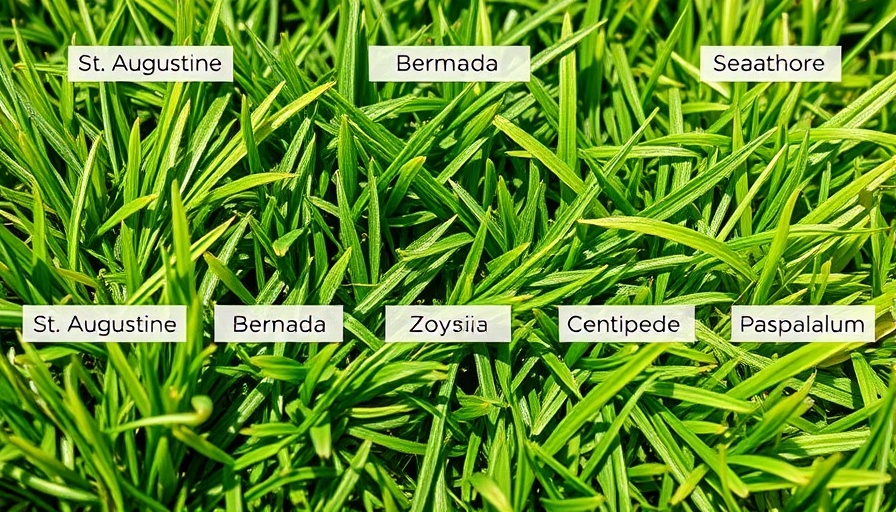
Unlocking the Secrets of Fall Fertilization for a Thriving Lawn
As autumn prepares to blanket our lawns in cool temperatures and crisp air, homeowners have a vital opportunity to enhance the health and resilience of their landscapes—by applying fall fertilizer. Fall fertilization is an essential maintenance task that not only supports lawn recovery from summer's heat but also sets the stage for vigorous growth come spring.
Why Timing Matters: The Science Behind Fall Fertilization
Applying fertilizer in the fall may seem simple, but it’s rooted in key scientific principles about plant health. Grass, especially cool-season varieties, begins to redirect its energy from leaf growth to robust root development as temperatures drop. This pivotal shift benefits from fertilizer rich in phosphorus and potassium, which supports strong root systems essential for winter survival.
According to Bryan Hopkins, a turfgrass science professor, fall fertilization fulfills three primary goals: entering winter healthy, greening up quickly in spring, and developing denser root systems. These benefits make the fall fertilization process not just an added task but a crucial part of a resilient landscape strategy.
The Seven Compelling Benefits of Fall Fertilization
Fertilizing your lawn in the fall provides a multitude of benefits:
- Repairs Summer Damage: Summer stressors such as heat and drought can take a toll on your lawn. With a balanced mix of nitrogen, phosphorus, and potassium, fall fertilizer helps in recovery, with nitrogen particularly vital for stimulating lush, strong growth.
- Enhances Root Development: Cooler autumn temperatures encourage grass to develop deeper roots, which are essential for enduring drought and extreme heat during the previous summer. A well-established root network translates directly to a healthier lawn.
- Promotes Thicker Turf Density: Fertilizing during fall promotes tillering, leading to a denser turf that fills in bare spots and naturally suppresses weed growth.
- Increases Drought Resistance: Deeper roots provide enhanced access to water, making the lawn more resilient against periods without rain.
- Increases Disease Resistance: A healthy, dense lawn is less susceptible to diseases and pests, helping to preserve its aesthetic and functional values.
- Improves Winter Hardiness: Nutrients stored in the fall allow grass to withstand colder temperatures and potential winter kill.
- Enhances Spring Green-Up: Following a well-executed fertilizing regime, lawns are primed to spring back to lushness as winter yields to warmer days.
Tools and Techniques for Effective Fall Fertilization
For homeowners looking to enhance their lawn care efforts, using the right tools is imperative. Equipment such as spreaders, available in manual or powered versions, can ensure even distribution of fertilizer across the lawn. Investing in good-quality fertilizer suited for your specific grass type is also crucial. For those pressed for time or less experienced, engaging a local professional can guarantee proper application and effective results.
On average, hiring a lawn treatment expert through platforms like LawnStarter costs around $103. With a customer rating of 4.4, many find this to be a sensible option for optimized lawn care.
Embracing Sustainable Practices in Lawn Care
While achieving a beautiful lawn is essential for aesthetic and property value, it's equally important to embrace sustainable practices. Today's lawn care technology can help reduce environmental impact while promoting a healthy lawn. For instance, many fertilizers are designed to release nutrients slowly, thus minimizing runoff into local waterways. Furthermore, seeking out products that are organic or sustainably sourced can align homeowners’ landscaping practices with their environmental values.
Take Action: Prepare Your Lawn for a Flourishing Future
As we transition into fall, take proactive steps to enrich your lawn's foundation. Whether you're applying fertilizer yourself or working with a professional, ensure that your lawn is well-prepared to thrive through winter and burst back to life in the spring. Not only will this enhance your home's curb appeal, but it also contributes significantly to ongoing care and conservation of your outdoor spaces.
For more tips on sustainable lawn care and seasonal maintenance, discover our comprehensive guides and resources.
 Add Row
Add Row 
 Add
Add 


Write A Comment